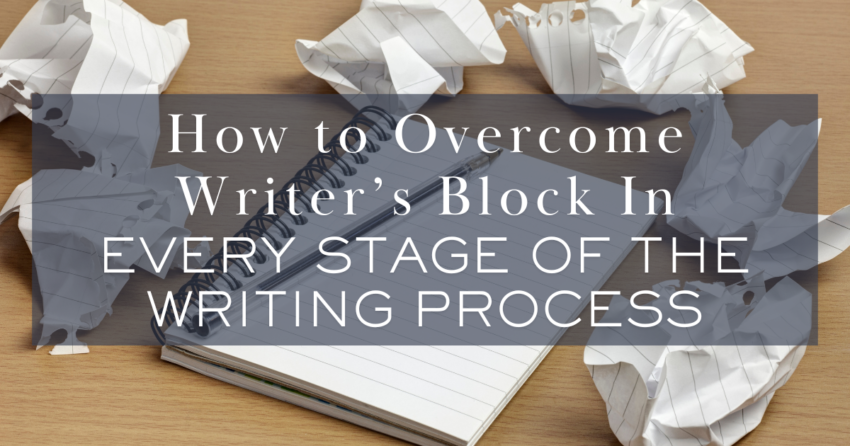Writer’s block. Just the phrase can make us cringe. But let’s be real—writer’s block isn’t always burnout. Sometimes you’re cruising along, words flowing like a dream, and then BAM! You hit a wall. You stare at your screen or notebook, and nothing. Nada. Zero creative juice.
As a young adult indie author with three books under my belt and a new urban fantasy series in the works, I’ve met that wall more times than I can count. The key? Understanding that writer’s block looks — and feels — different depending on what stage of the writing process you’re in. Here’s how I tackle it.
Drafting Phase: You vs. the Blank Page
This is the “high energy” phase where you’re building worlds, getting to know characters, and weaving plot threads. Until it stops.
Tips to get unstuck:
- Journal from your character’s POV. Choose one of your main characters and write a diary entry about the scene before the one you’re stuck on. No pressure—this is just for you.
- Interview your character. Ask them why you’re stuck. Seriously, they might surprise you.
- Use tarot cards for inspiration. Pull 1-3 cards and use the imagery as a prompt. Even if you never use what you write, it might open something up.
- Find random writing prompts. Whether from Google or a helpful AI (hi 👋), a new scene—even one unrelated to your WIP—can loosen things up.
- Permission to take a break. If it feels more like burnout, revisit that idea and rest without guilt.

Editing/Revising Stage: Brain Fog Meets Perfectionism
You’re not creating from scratch, but that doesn’t mean the words flow easily.
Creative side-steps to re-engage:
- Build playlists for your book’s vibe.
- Make a vision board or mood board. Pinterest, magazines, whatever works for you.
- Sketch maps—whether your setting is a fantasy realm or a real-life city.
- Act out scenes. Get silly, record voice memos, or rope in a writer friend over Zoom for impromptu roleplaying.

Production Phase: When the Fear Creeps In
By this point, your book is nearly done. Formatting, keywords, launch prep—it’s a different kind of creative block: decision fatigue, imposter syndrome, and fear of failure or success.
Reconnection tips:
- Write a love letter to your book. Not just your characters, but the journey—from first idea to now. Remind yourself why this book matters.
- Re-read parts you’re proud of. Even holding a printed draft in your hands can bring the spark back.

Final Thoughts
Writer’s block doesn’t mean you’re not a real writer. It just means you’re human—and writing is a creative, emotional process. The more you understand your rhythm and needs during each phase, the more equipped you’ll be to navigate the stuck spots.
So what about you? Do you approach writer’s block differently depending on where you are in the process? I’d love to hear your favorite tips!
